Highly automated aircraft have the Flight Mode Annunciator ( FMA) on the top of the PFD so that the pilot can see exactly what the aircraft is programmed to do.
In the early stages of A320 training the pilots are reading out a seemingly unintelligible alphabet soup of TLA’s help understand what the aircraft is doing, it is said that quite literally you live or die by the FMA .
Over the last ten years light aircraft systems have developed to a point that the physical position of the autopilot control panel is far less important than the position of the FMA as the FMA tell you what the aircraft is doing, the fact that you have pushed the correct button is NOT an indication that the system is doing what you think you told it to.
The GMC507 controller for the GFC500 does provide Mode annunciation – the white triangle illuminates above the selected button
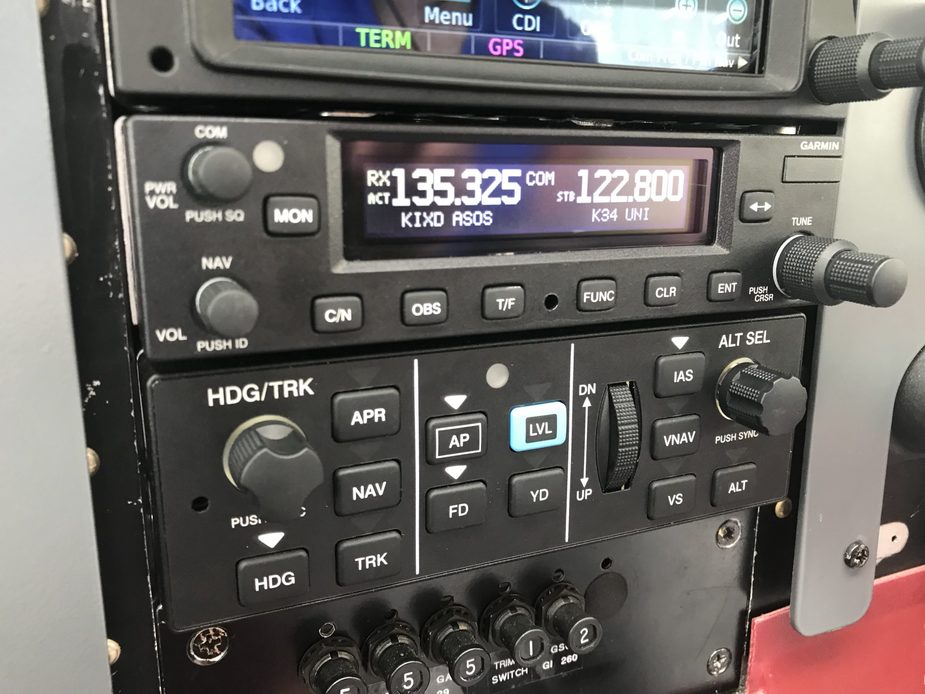
The MCP (in this case the GMC507) is where you select the desired modes. The FMA (AFCS status indicator) is where these modes are verified to be active (eg on a G5, G3X etc.).
I heard some airlines are getting rid of the MCP button indicator lights to force pilots to verify the FMA.
A good example is the VS or IAS button on the GFC500. The light on the controller is illuminated in any case but it could be IAS/VS or pitch mode that are active.
Highly automated aircraft have the Flight Mode Annunciator ( FMA) on the top of the PFD so that the pilot can see exactly what the aircraft is programmed to do.
And this even on a cheap dual G5 equipped panel SEP.
The ACP is an important tool for serious IFR, and having it placed in line with the FMA, e.g. top of the rack, should be beneficial.
In the early stages of A320 training the pilots are reading out a seemingly unintelligible alphabet soup of TLA’s help understand what the aircraft is doing, it is said that quite literally you live or die by the FMA .
Luckily this FMA readout continues after initial training 
FMA reading should answer all the but what the f… it’s doing now questions, and hopefully prevents tragic occurrences as happened in the past Flight 140
Dan
Of course reading the FMA’s continues after initial training as I said the only way to know what the aircraft is doing is to check the FMA, just pushing the right button is not enough to assure the correct mode is active or armed.
In short the aircraft is TFC* to be operated in any other way.
( * = TLA not in Airbus FCOM )
Peter wrote:
Also, autopilot interfaces should not be anywhere near engine controls. There was a famous crash where (it was speculated, since they all died, although they did have the elevator trim jackscrew to confirm) pushing the throttle all way way forward on takeoff also pressed the AP button on the autopilot, which then predictably drove its pitch trip all the way to the stop.
That was G-BYEG, a Cessna 182S with a KAP140 AP. The accident investigation report is worth reading.
Briefly, on several (all?) Cessna singles, the elevator is hanging down when on ground. The pilot most likely accidentally engaged the AP prior to take off. The tension in the elevator wires caused by the elevator hanging down made the AP run the trim all the way to the stop. After takeoff the aircraft climbed more or less uncontrollably, stalled and crashed. The AP would engage by a brief touch of either the (dis)engage button or one of the lateral mode buttons. The result was an AD where the AP software was modified so that 1) the lateral mode buttons would not engage the AP and 2) the engage button had to be held in for 1/4 second for the AP to engage.
I fly aircraft with the KAP140 and the modification is noticeable. You can’t just quickly press the engage button.
With GFC 500 and the envelope protection that would be diffucult to happen.
Most of the GMC 507 are being installed on a lower position, glare??? No clue. I am fine with that, do not intend to fly airliners other tham mine :-).
Checking now if there is space for the iPad, and the possibility for AOA probe with G3X.
Naked pics :-)
From the workshop:
1- The result of the remeasurement is that the COM 1 antenna is bad and the MKR antenna is bad. I recommend to replace them because in the case of COM 1 there is a risk of gradual damage to the end stage of the radio station. I recommend replacing the coaxial cables for COM 1 and COM 2 and XPDR .
2- Upon examination of the remaining wiring, minor damage was found and these were subsequently removed but the terrible condition of the circuit breaker panel was found. I recommend its complete overhaul …replacing the circuit breakers , connecting the breakers to the bus bars and making a descriptive label.
3- I recommend relocating the avionics bus emergency switch next to the CB panel and adding the main avionics bus switch next to it.
So let’s do it.

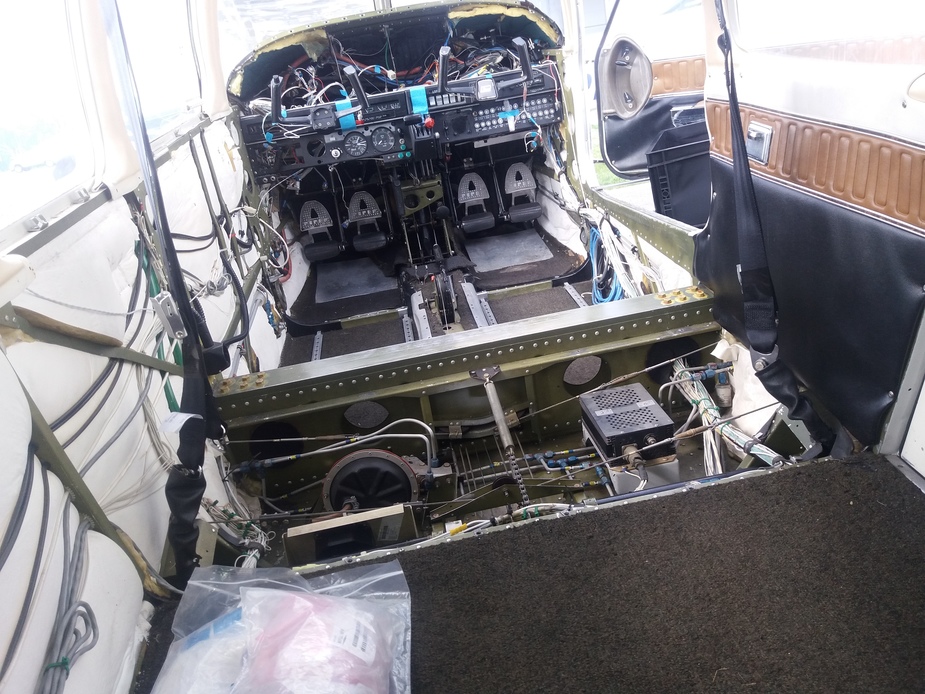
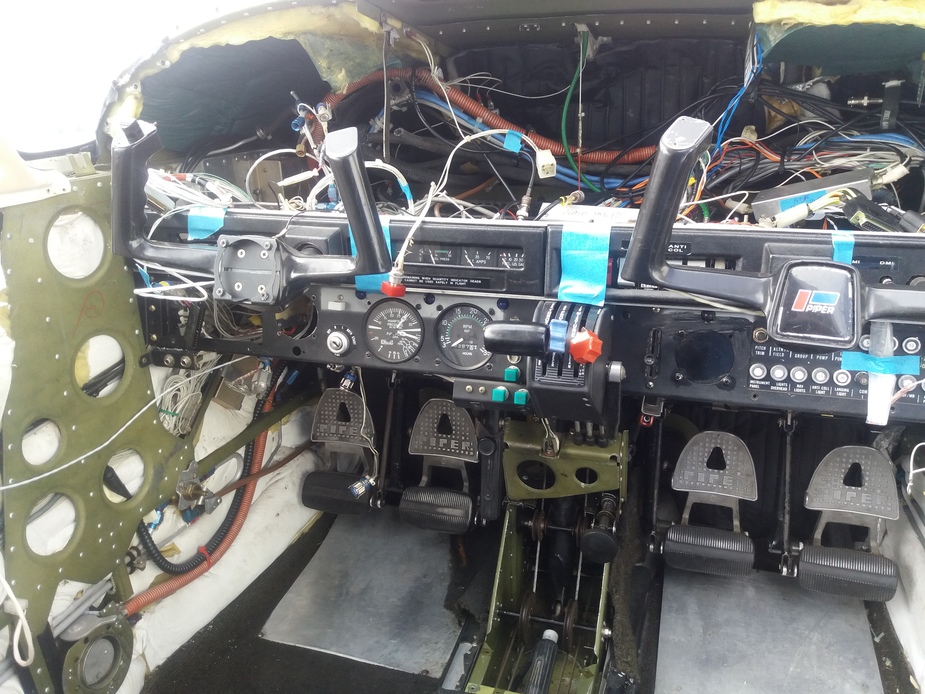
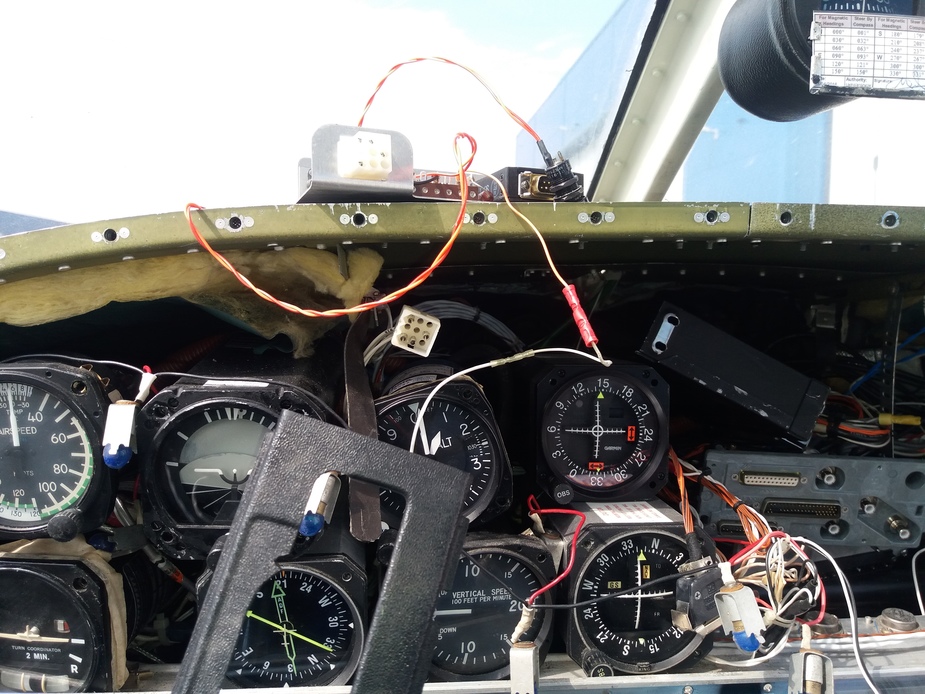

lmsl1967 wrote:
With GFC 500 and the envelope protection that would be diffucult to happen.
Envelope protection can’t beat physics: If the airplane for whatever reason is completely out of trim in full nose up position during ground roll, even the best envelope protection can not adjust the trim fast enough to avoid such a disaster…
lmsl1967 wrote:
Upon examination of the remaining wiring, minor damage was found and these were subsequently removed
Unfortunately a not to rare event: After the panel is pulled open, one realizes that the wiring is in such bad condition that doing it completely new is cheaper than chasing every damage.
That is btw. the reason that many avionics shops only do either a slide in replacement or a full panel overhaul – with mid size modifications the cost one has to calculate to make sure “everything already in the panel still works after it is touched” is just too big…
Fully agree that envelope protection cannot beat physics, but rather have it than not.
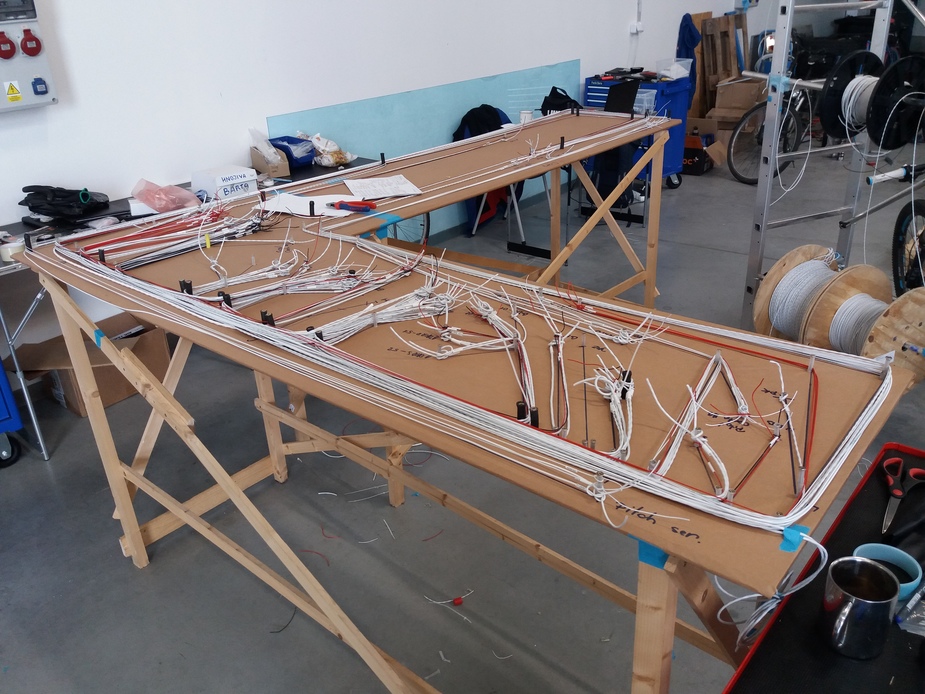
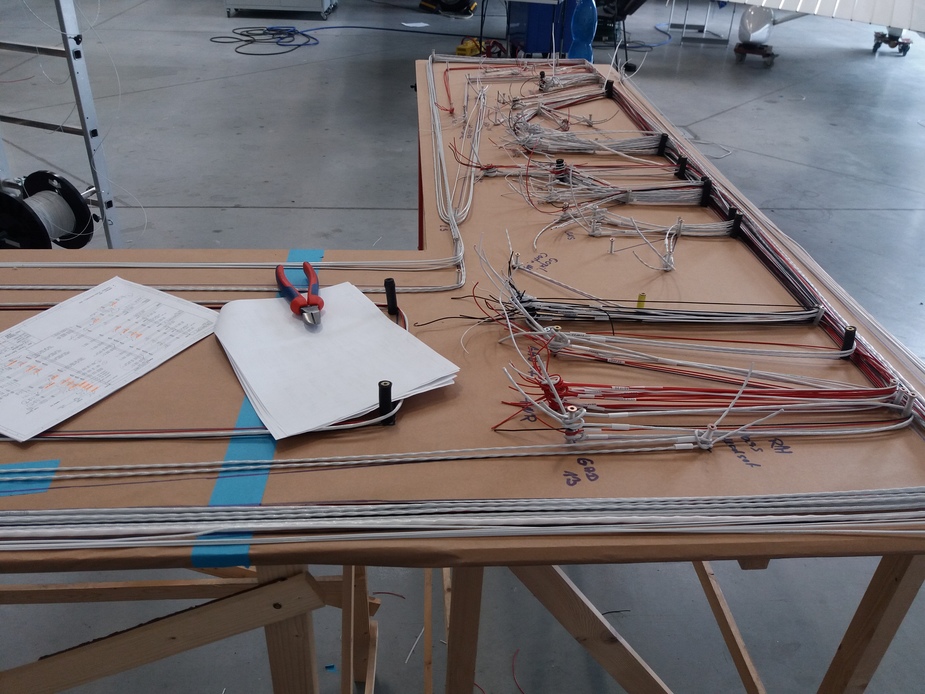
Wiring process. Still waiting for the weight of old cabling.